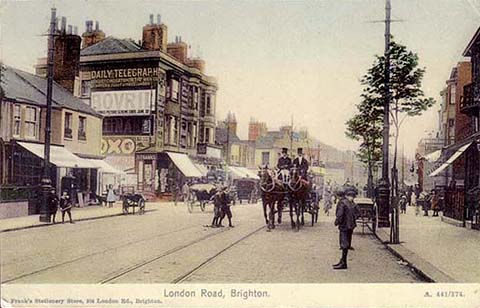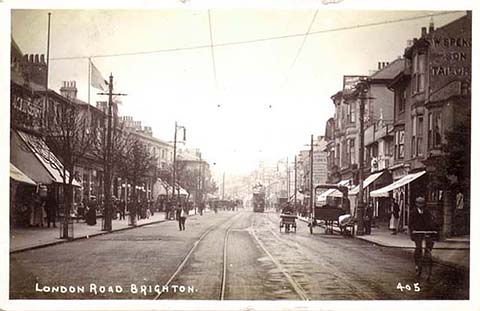9. REAL PHOTOGRAPHIC v PRINTED POSTCARDS
|
|
|
A popular question asked by new collectors is why a dealer prices one card so much higher than another, even though they both show a very similar view. The answer is usually that the more expensive card is a ‘real photographic’ (or rp) card. But what is it about rp cards that make them command such relatively high prices? There were two main types of postcard printed in the Golden Age. They were ‘printed cards’ and ‘photographic cards’. Printed cards were manufactured on a very large scale using printing presses and engraving plates and using one of two main techniques. The Intalgio method was the first used for the postcards but was soon overtaken by the lithograph method, which was faster and more convenient. The Rotary Photo Company, using rotary presses to print their cards, introduced mass-produced photographic cards into the UK but these are not generally referred to as rp cards.
Real Photographic cards were actual photographs produced from negatives directly onto photographic paper that was postcard sized. The images were often taken by local photographers who sold the cards themselves in limited runs and it is this scarcity value that gives the card a higher price tag. These type of cards generally show topographical views – a particular street in a village or town, a shop front with the owner outside, a railway station etc. As cameras were expensive and not widely available in the early part of the last century families would often visit a local photographers studio to have their photo taken. These shots were turned into postcards so they could be sent to family and friends. Postcards such as those are usually found in a dealer’s social history section and they do not often command a very high price. However if the subject is holding a doll, teddy bear etc then the price will rise accordingly.
The First World War saw a tremendous increase in this type of postcard, as men would have their photo taken in uniform to send home to their wives or sweethearts. It is interesting to note that the name ‘real photo cards’ is still widely used today and has not been shortened to just ‘photo cards’. The word ‘real’ was originally used to show that the postcard started its life as an actual photographic negative that had not been printed by machine and turned into a mass-produced image. It was the ‘real’ thing and not a reproduction.
Next article: Message Cards |

